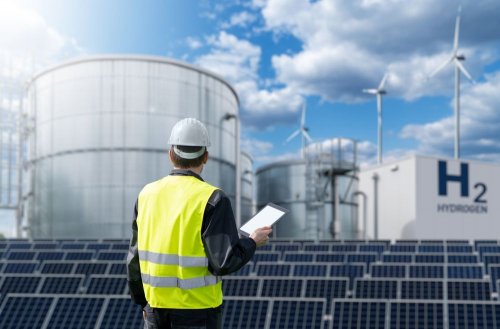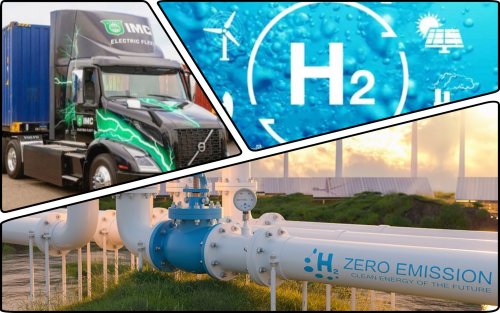Chemical engineers from the Swiss EPFL University have developed an artificial sheet (a transparent and porous electrode) that converts water from air into hydrogen fuel.
The device uses an incoming stream of moist air to produce H2 and energy from the sun, reports pv magazine.
The material explained that the substrate of the electrode is a three-dimensional grid of felt glass fibers, which is quartz. The silicon oxide fibers are then fused together at high temperatures to produce felt plates. The wafers are first coated with a thin transparent film of fluorine-doped tin oxide, and then with a thin film of semiconductor materials that absorb sunlight.
Scientists were inspired to create such an electrode by the way plants convert sunlight into chemical energy with the help of carbon dioxide from the air.
"Because each step is relatively simple and scalable, I think our approach will open new horizons for a wide range of applications, from gas diffusion substrates to hydrogen production in solar cells," said Marina Caretti, lead author of the project.
It is noted that the efficiency of converting the sun into hydrogen reaches 19%. Scientists expect that the invention will be widely used.
Earlier, EcoPolitic wrote, that in Australia, scientists from the University of Melbourne developed the technology production of high-purity hydrogen from air, the minimum humidity of which should reach 4%.
As EcoPolitic previously reported, the Chinese company EPRO Advance Technology has developed a porous silicon material called Si+, which can generate ultra-pure hydrogen from a water source and can act as a solid hydrogen generating material.




